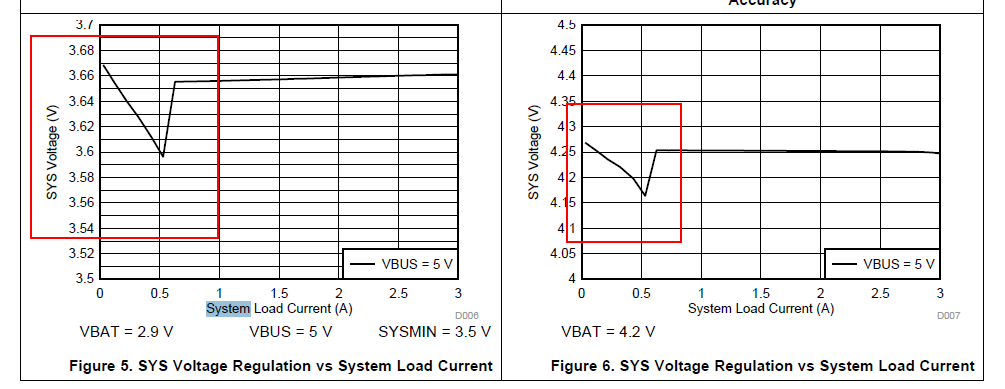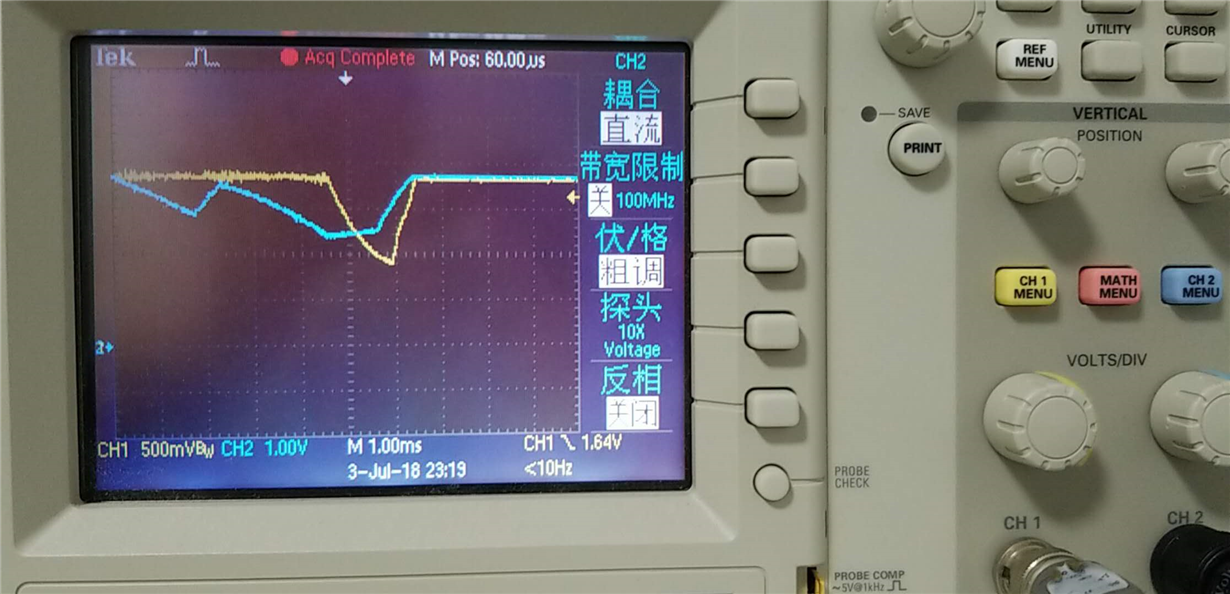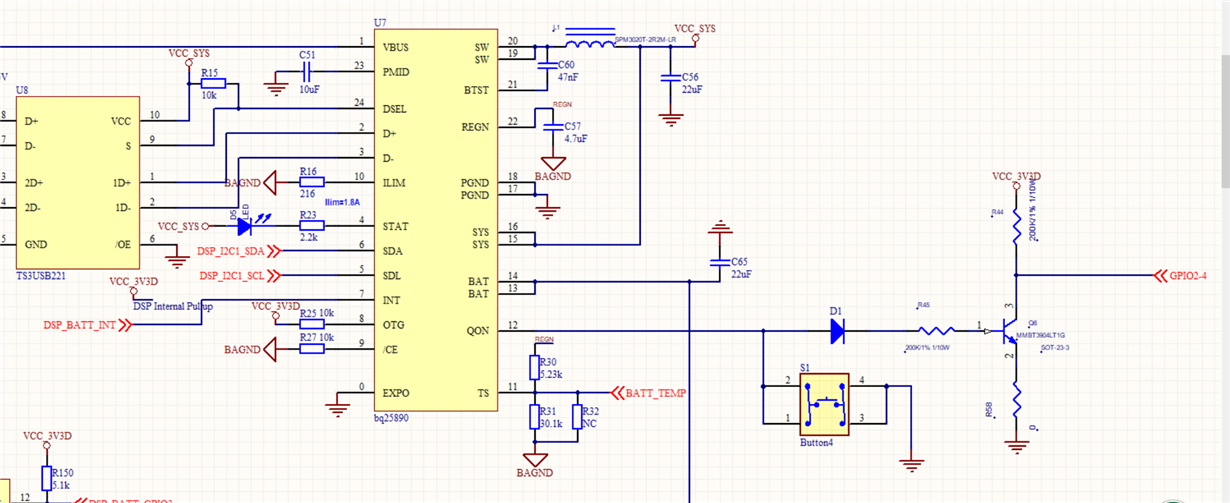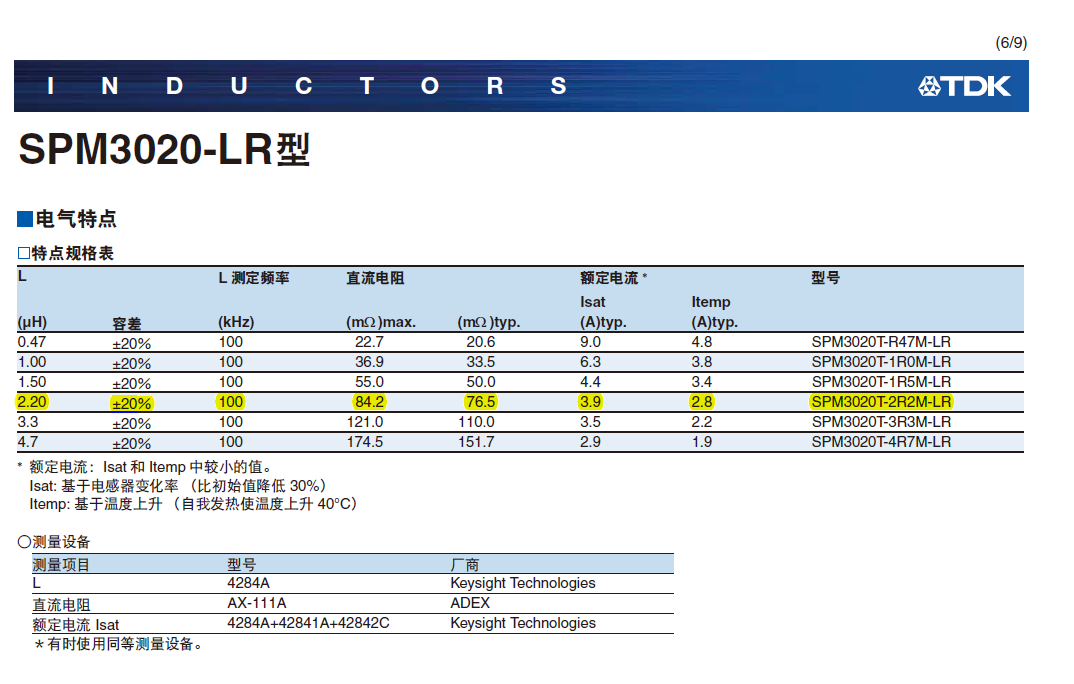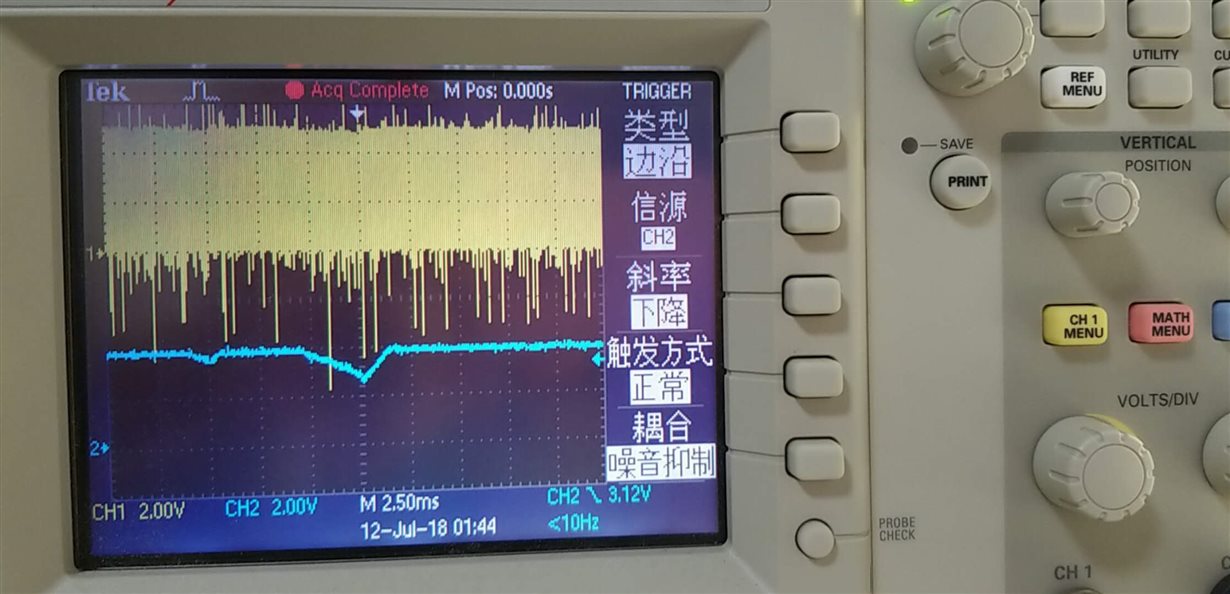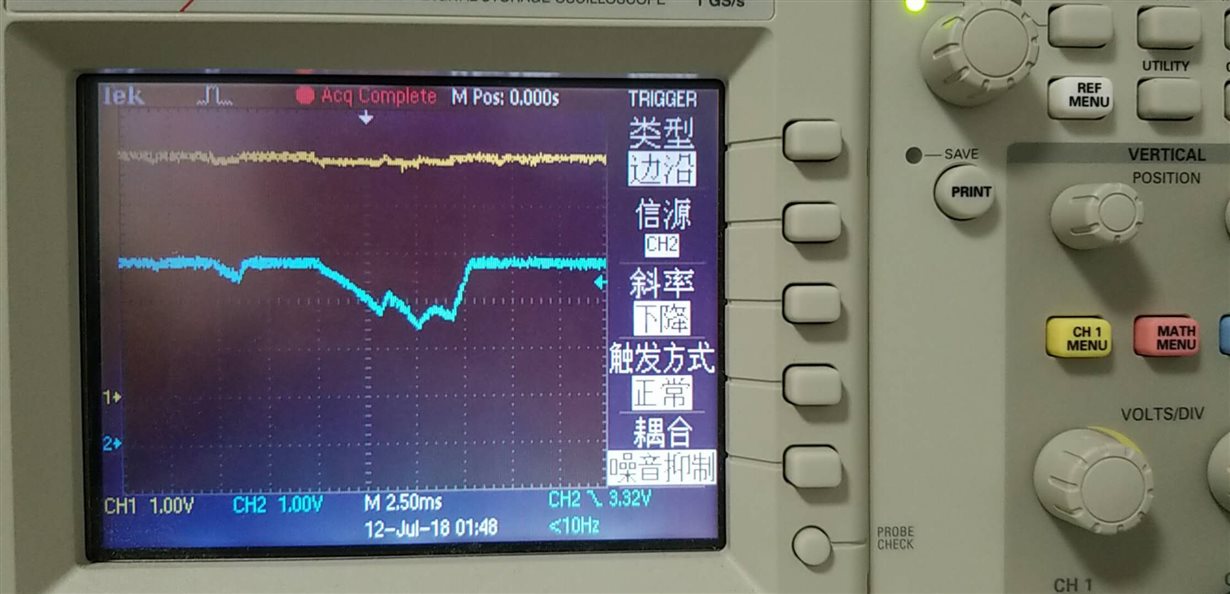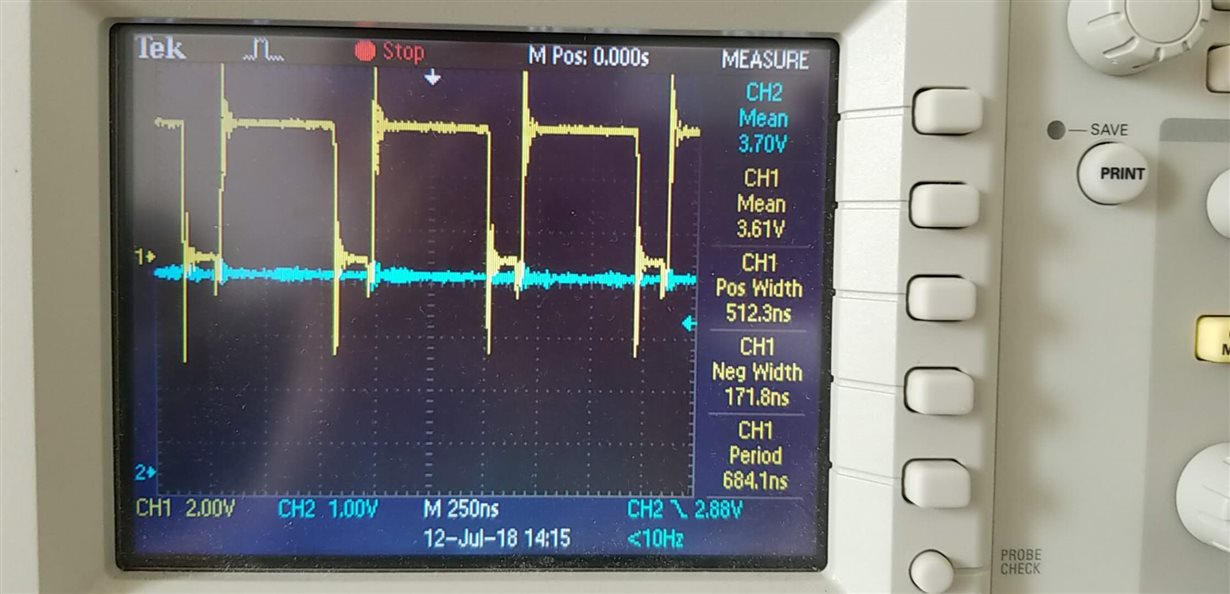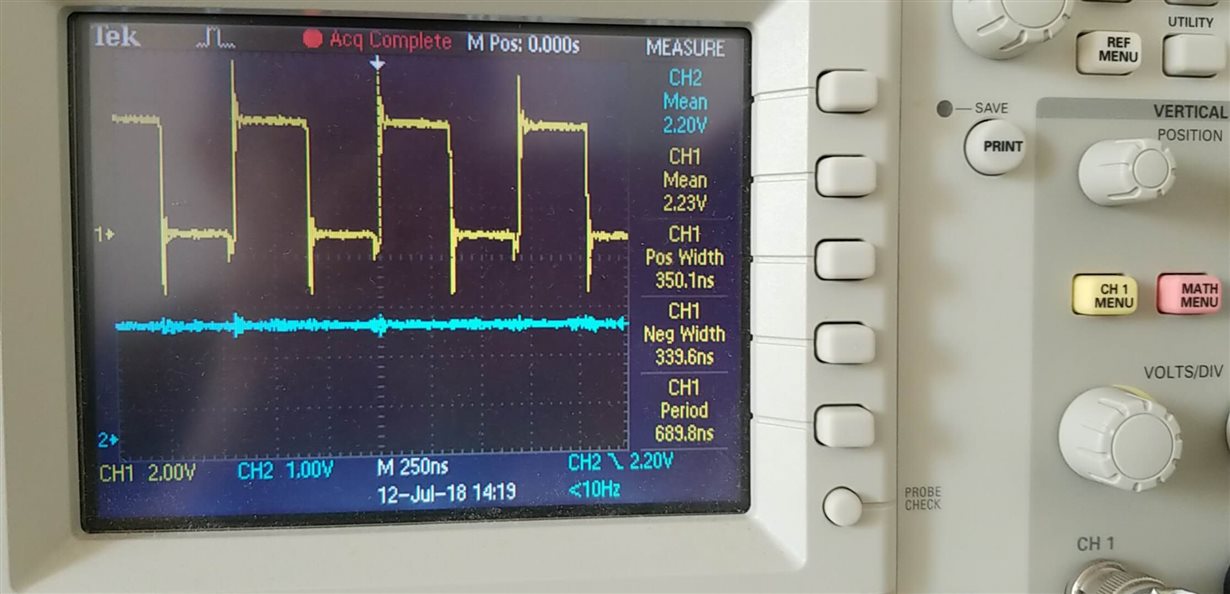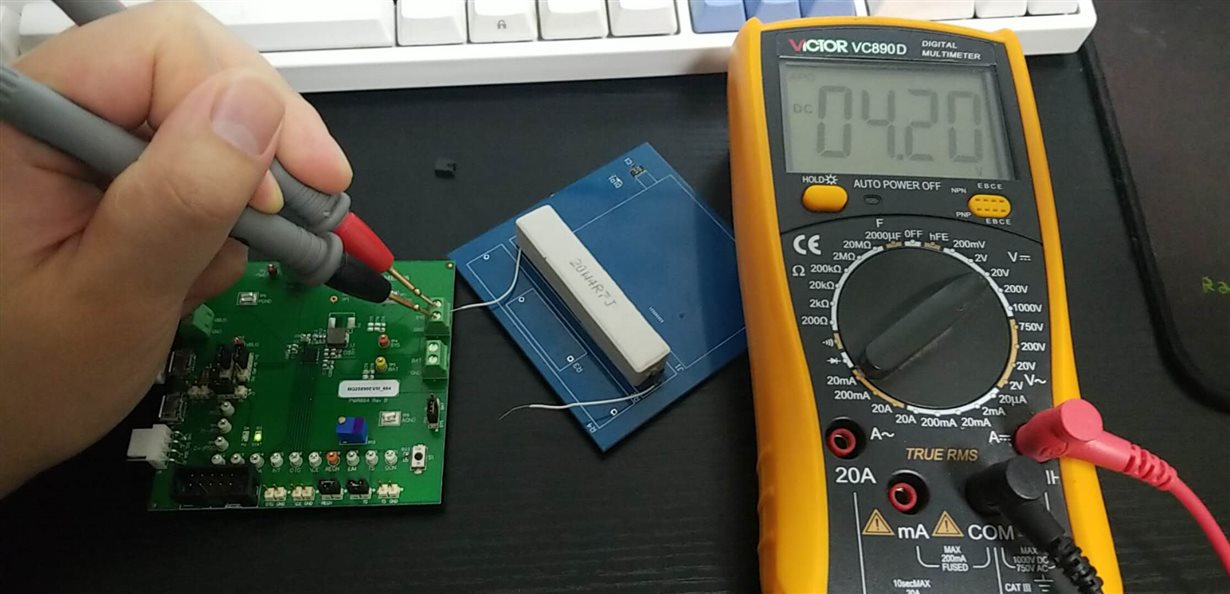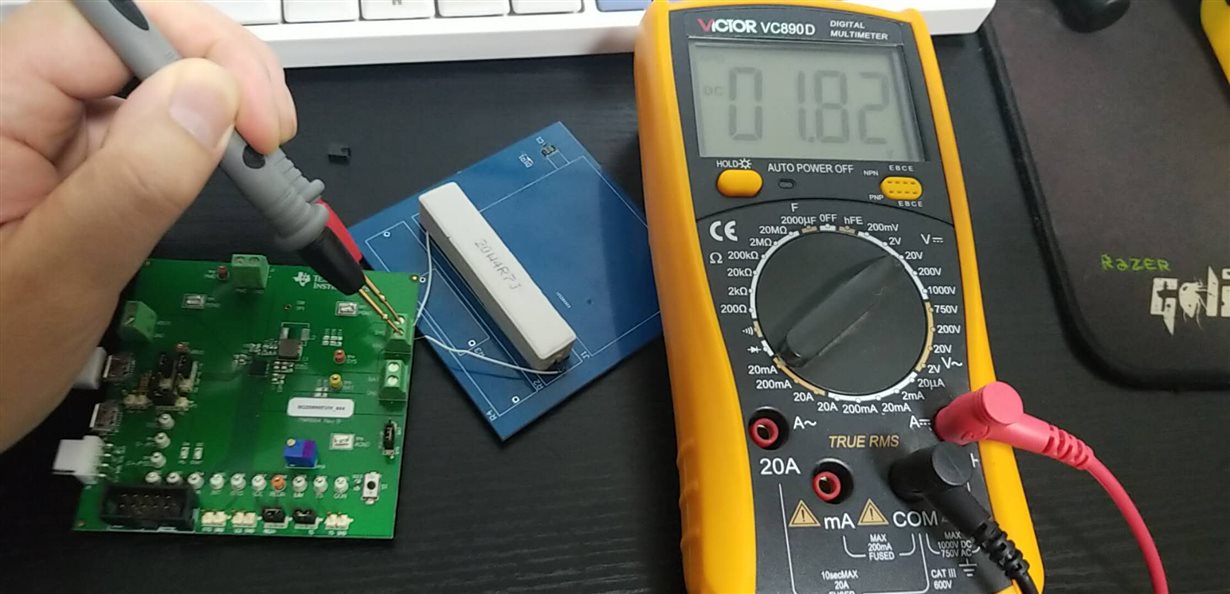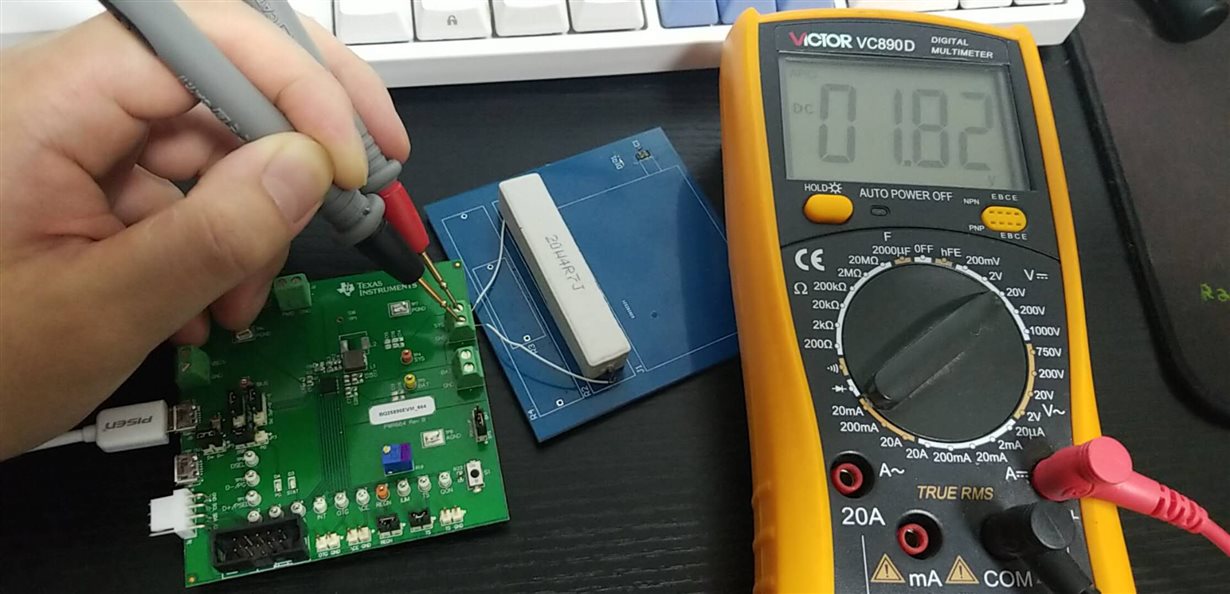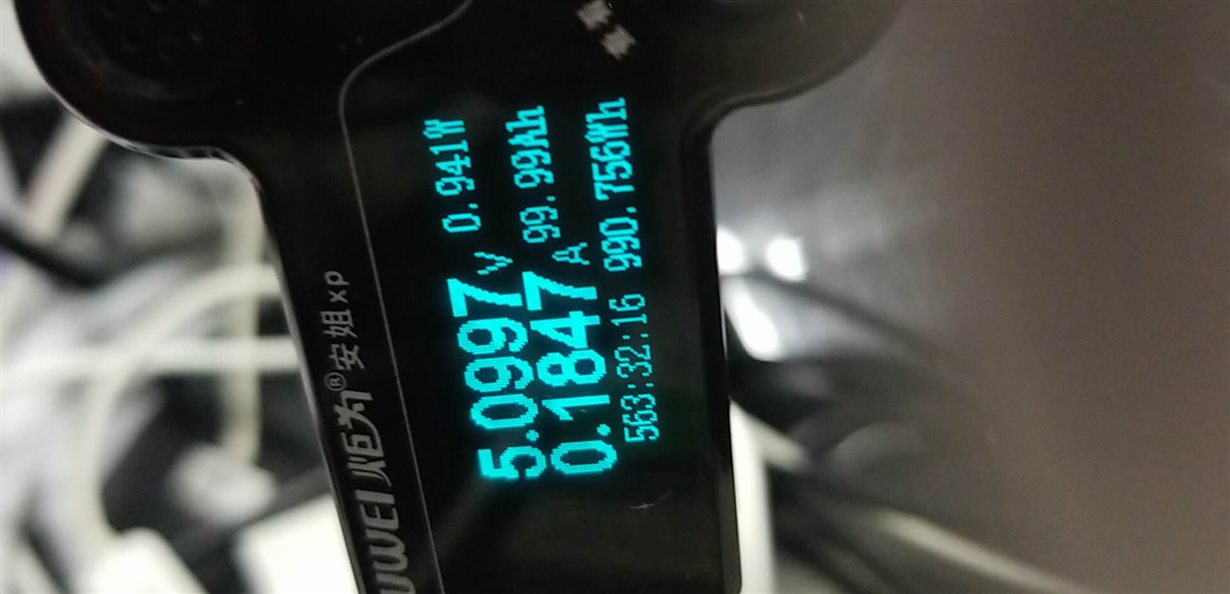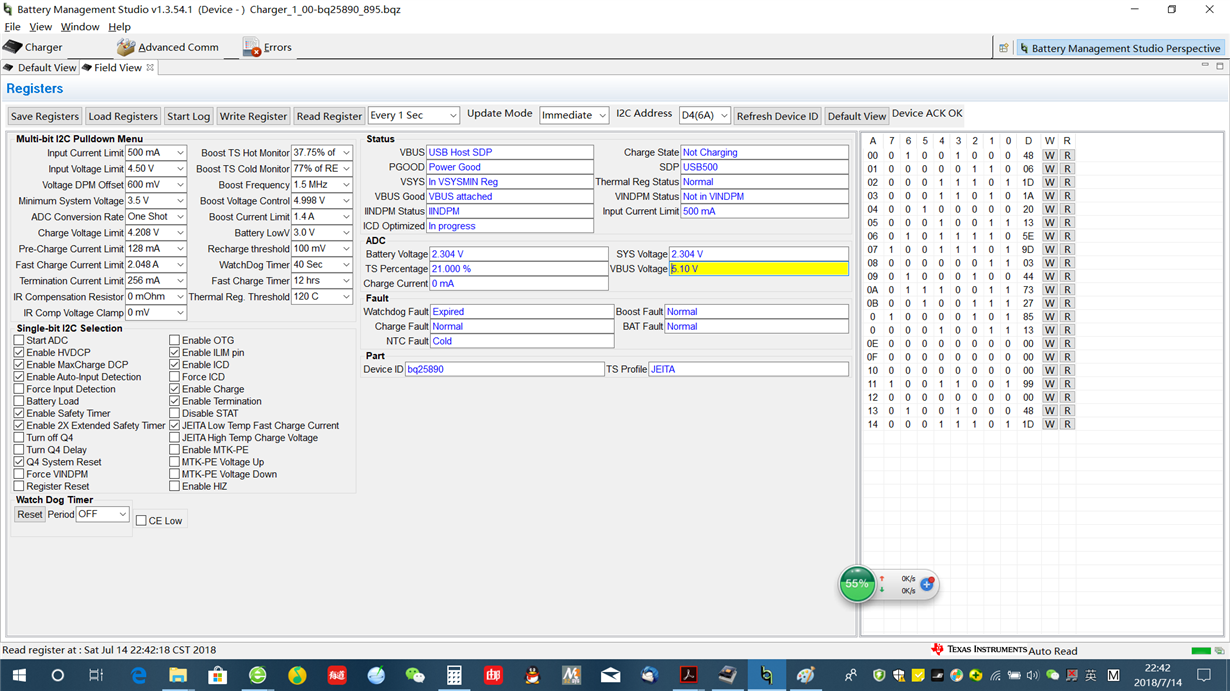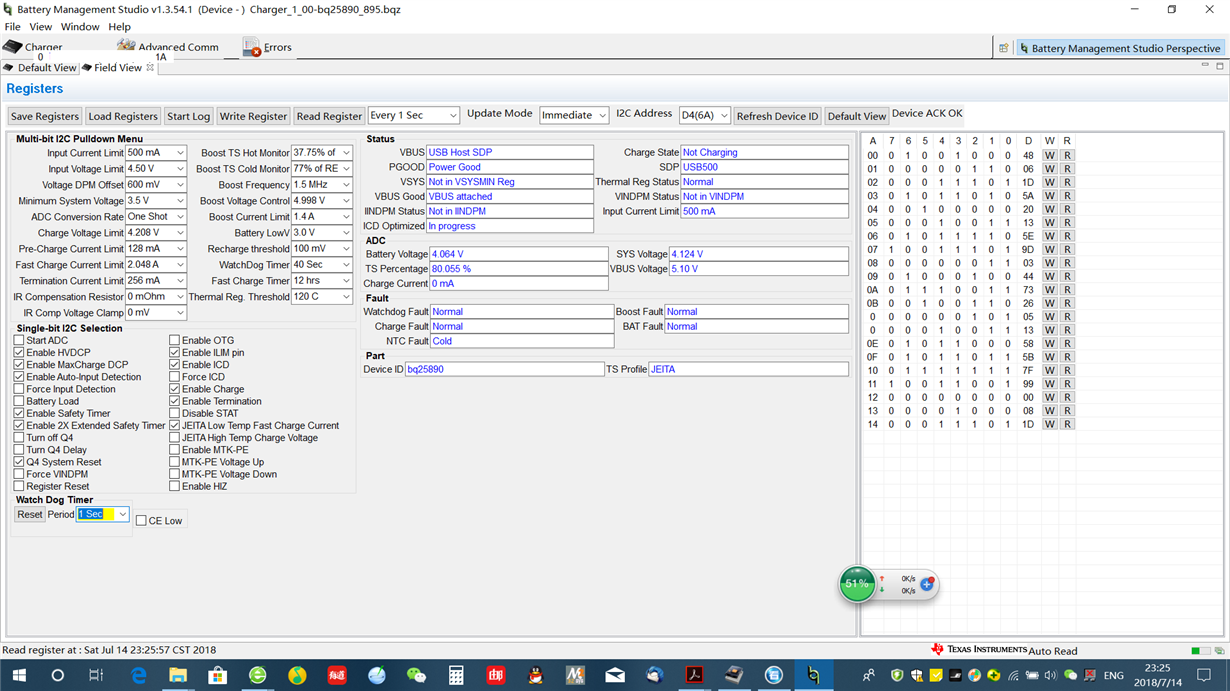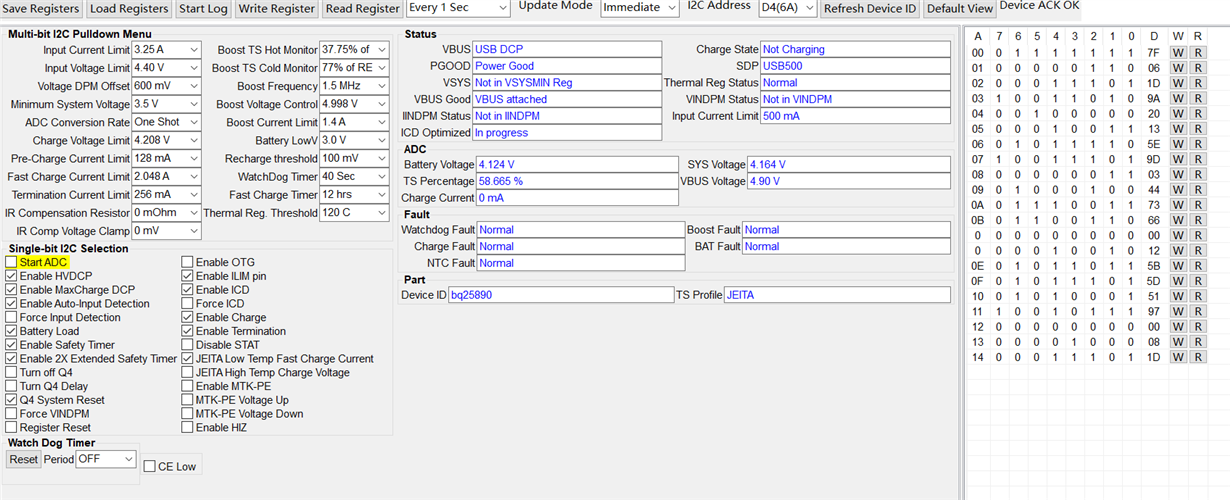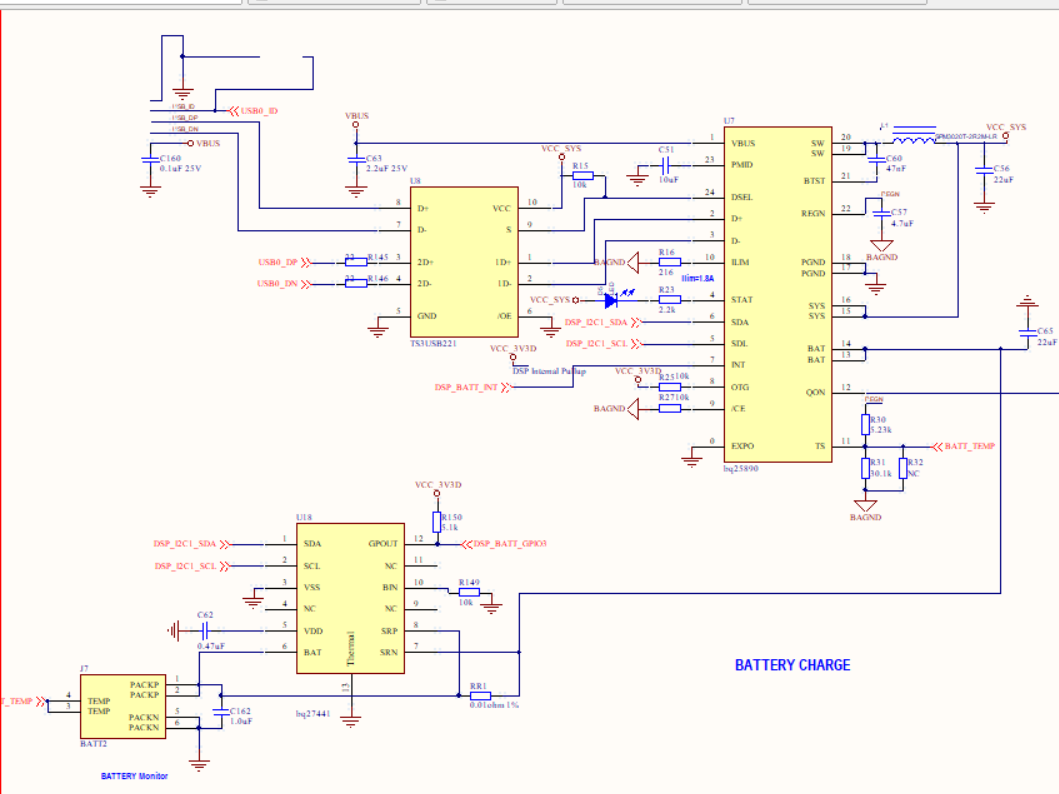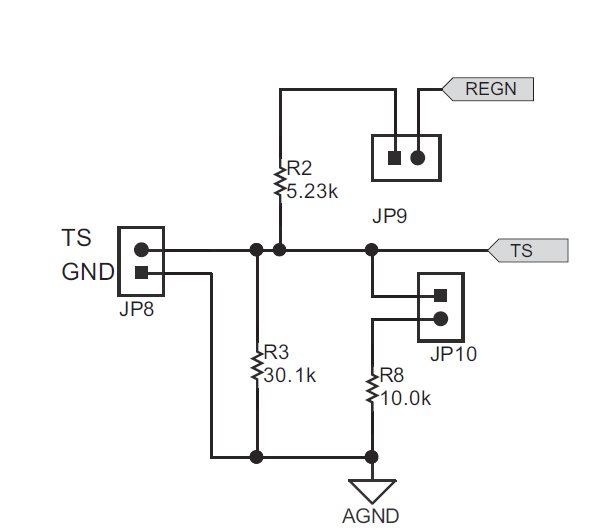Other Parts Discussed in Thread: , TEST2, EV2400, BQSTUDIO, BQ25892, TS3USB221
I use the schematic just as the BQ25890evm.
The system works well with battery. The Ilimit is 1.6A. And I did not program the chip through I2C.
When I remove the battery and only connect the VBUS:
1. When the VSYS is connect to a 10Om load, the VSYS is 3.65V.
2. When the VSYS is connect to a 4.7Om load, the VSYS is only 1.87V.
Question: Is that normal? Why the VSYS drops below 3.5V (VSYS MIN)?
Question: What is the maximum current that VSYS can provide when battery is removed? I didn't find the value in the datasheet.
The Figure 5 and Figure 6 in the datasheet only show the SYS Voltage Regulation vs System Load Current when the battery is on.
Thank you.
Frank


